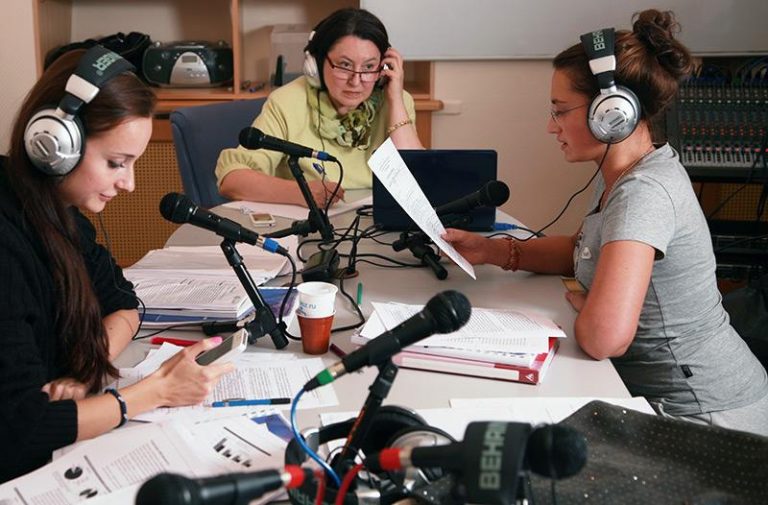Simultaneous interpretation and translator app for windows 10 is aerobatics, and those who are fluent in this art are the elite of the translation world. Simultaneous translation is the most difficult type of translation that requires profound knowledge of languages, years of experience, full concentration, excellent health and especially hardy vocal cords.
Not everyone can be a simultaneous interpreter: even if a translator can easily cope with the most complex texts, replete with special terms, he may not be able to cope with simultaneous translation, since this type of translation has its own characteristics.
Features of simultaneous translation
There are two main types of simultaneous interpretation:
1) The translator receives the text of the future speech in advance, and at the time of the speech, he just has to translate his phrases in sync with the speaker. But there is much more behind the seeming simplicity: the translator must be ready to instantly react to deviations from the text of the speech, from the speaker’s remarks, etc. Yes, and the text itself, as a rule, is received by the translator a few minutes before the start of the event.
2) The second option, more complicated – there are no texts, and the translator perceives the speech of the speaker by ear and translates with a lag of a split second. But in any case, an excellent knowledge of the language and the specifics of the topic is required from the translator. It is extremely rare for speakers at such events to speak clearly formulating their thoughts. More often this is a rather incoherent speech, and the task of the translator is to convey to the listeners a coherent text without distorting its meaning.
Simultaneous translation is usually required:
at international conferences, seminars, round tables;
in multilateral business negotiations;
at other events with the participation of a large number of foreigners.
Do not forget about the technical support necessary for a successful simultaneous translation. As a rule, during the translation process, simultaneous interpreters sit in separate booths, set up so that they can see the speakers. Each of the participants in the international meeting is connected to the translation booth with the required language using headphones and amplifying equipment. Naturally, the requirements for the technical equipment of such events are the highest: the interpreter must clearly hear the speakers, since there is no way to ask again or to clarify anything.
Simultaneous interpreters must work in pairs, changing each other every 20-30 minutes. Only in this case it is possible to guarantee that at the end of a multi-hour event, its participants will hear the same cheerful voice of the interpreter in their headphones, and not a tired, stale voice and translation hesitation.
